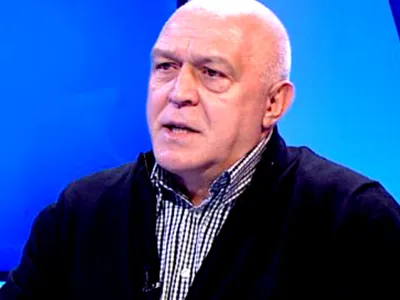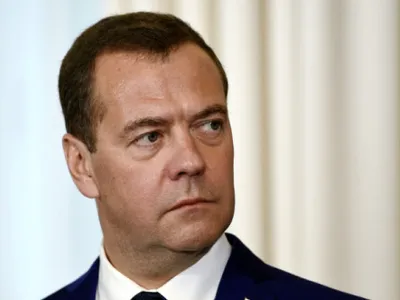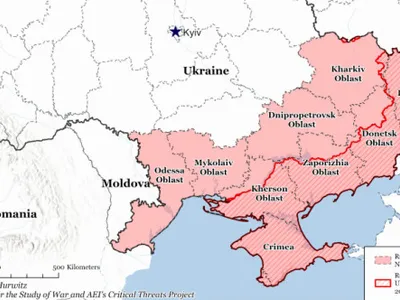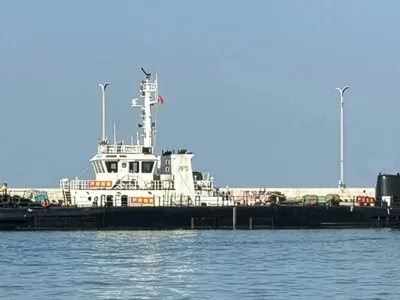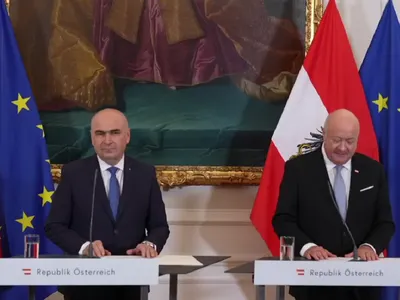The most heavily mined countries call for holding aggressors accountable for mine terror
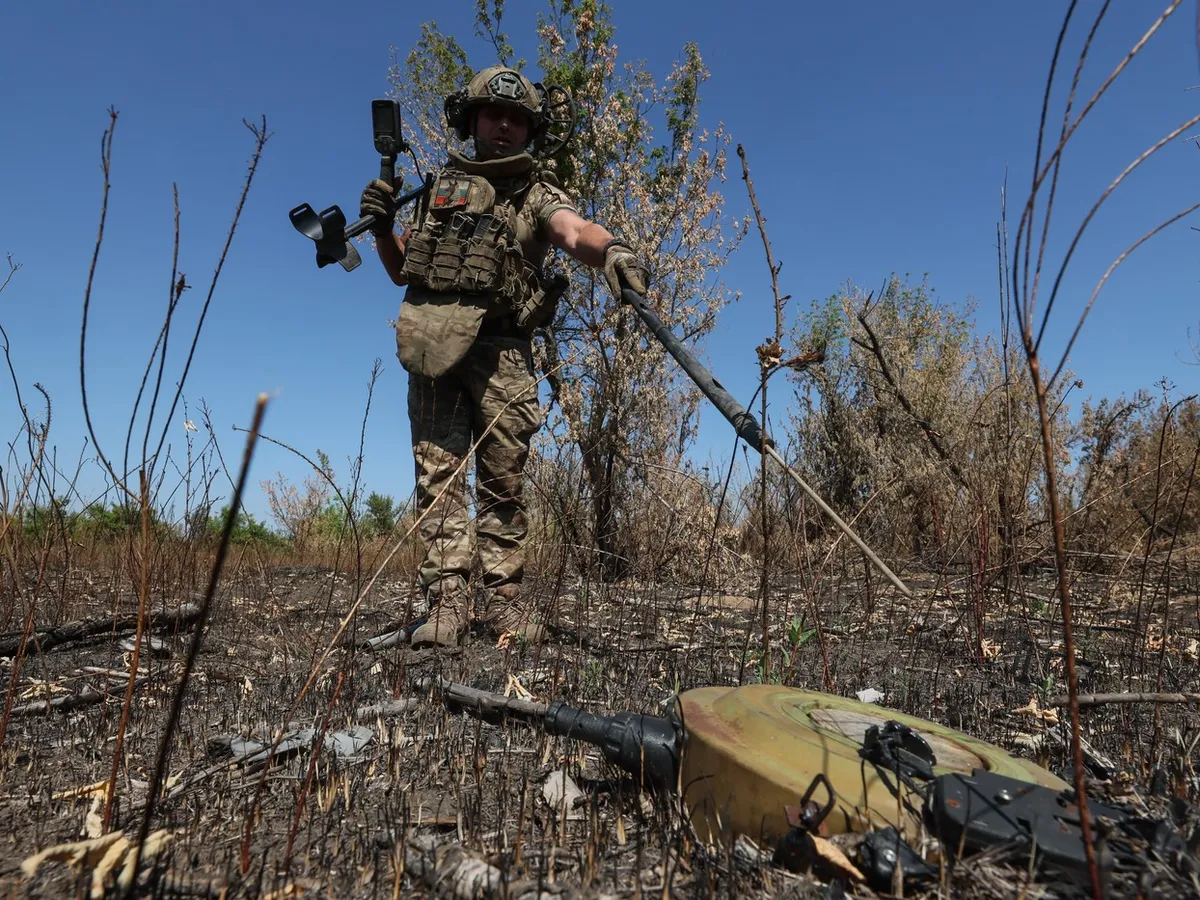
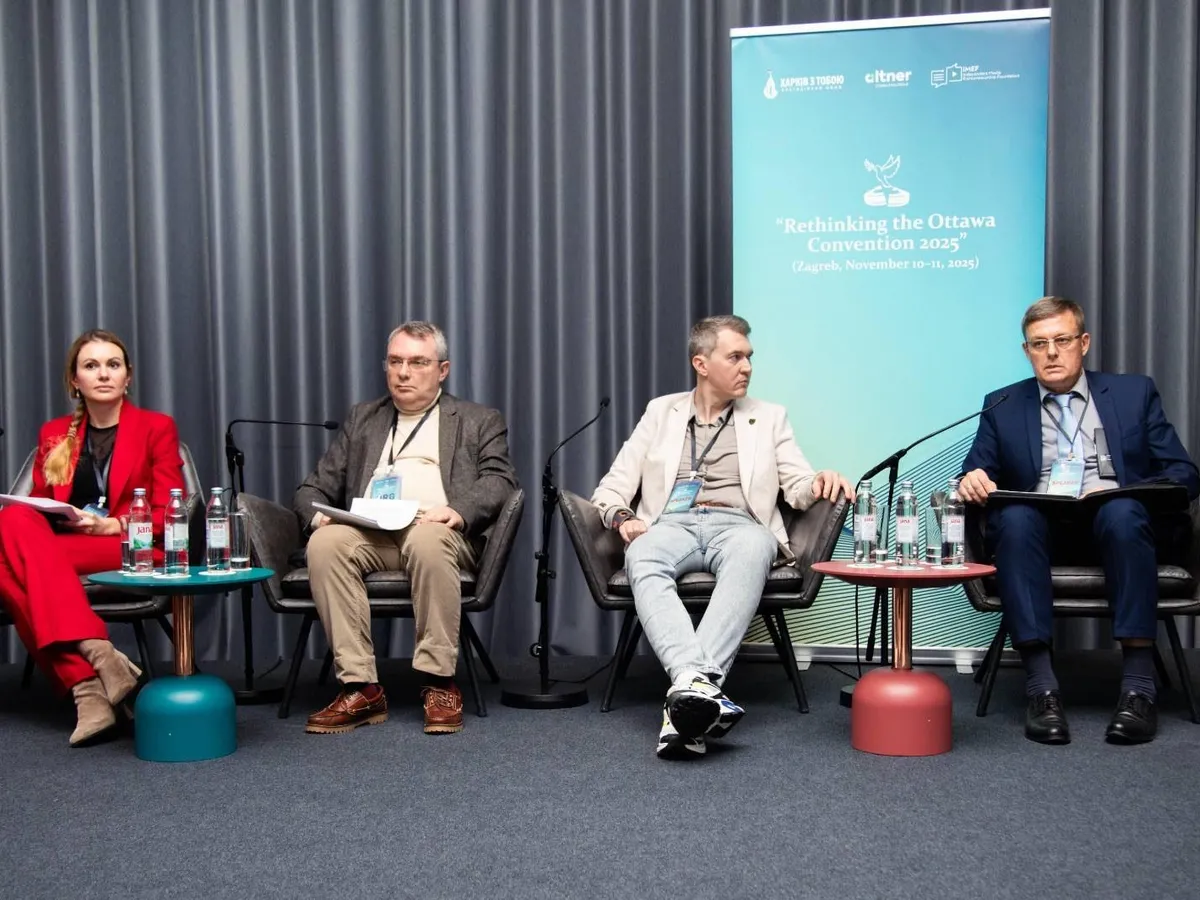
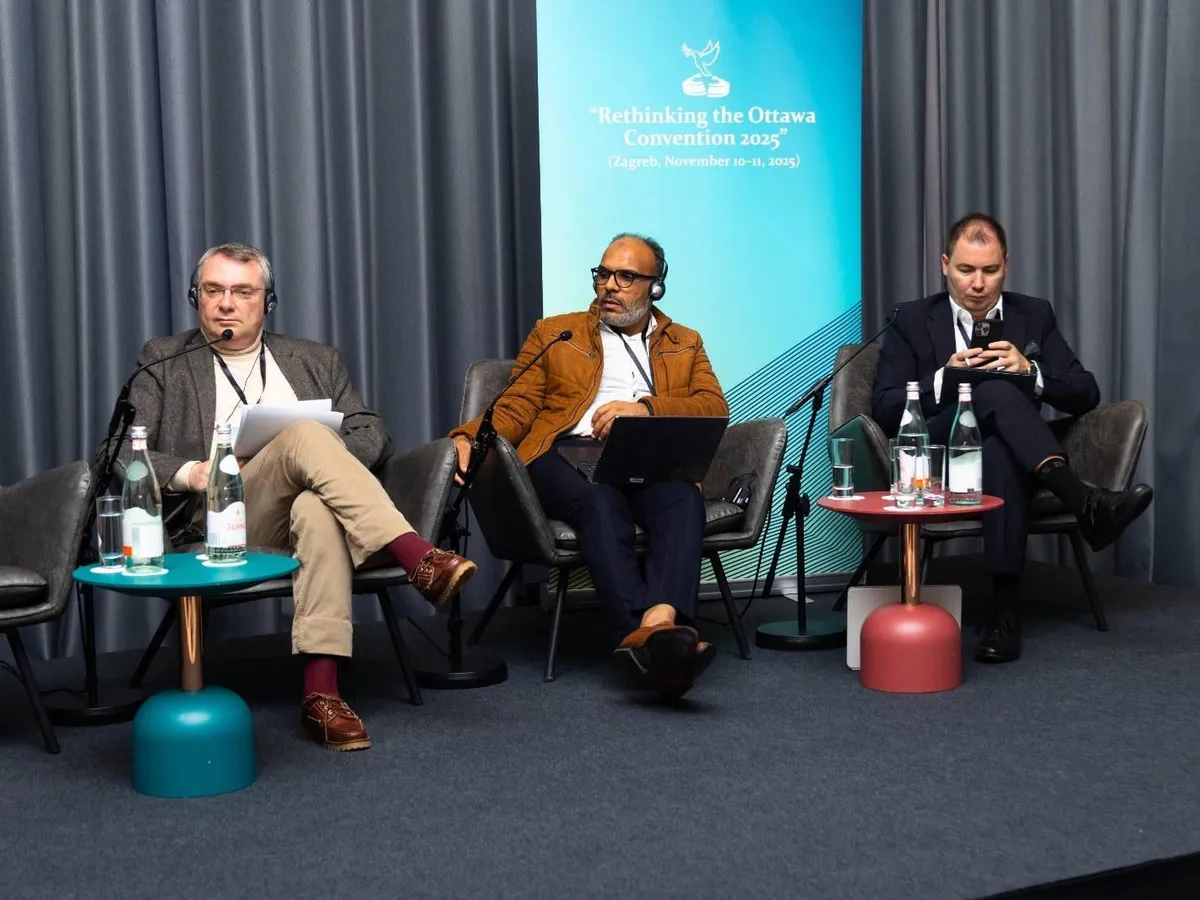
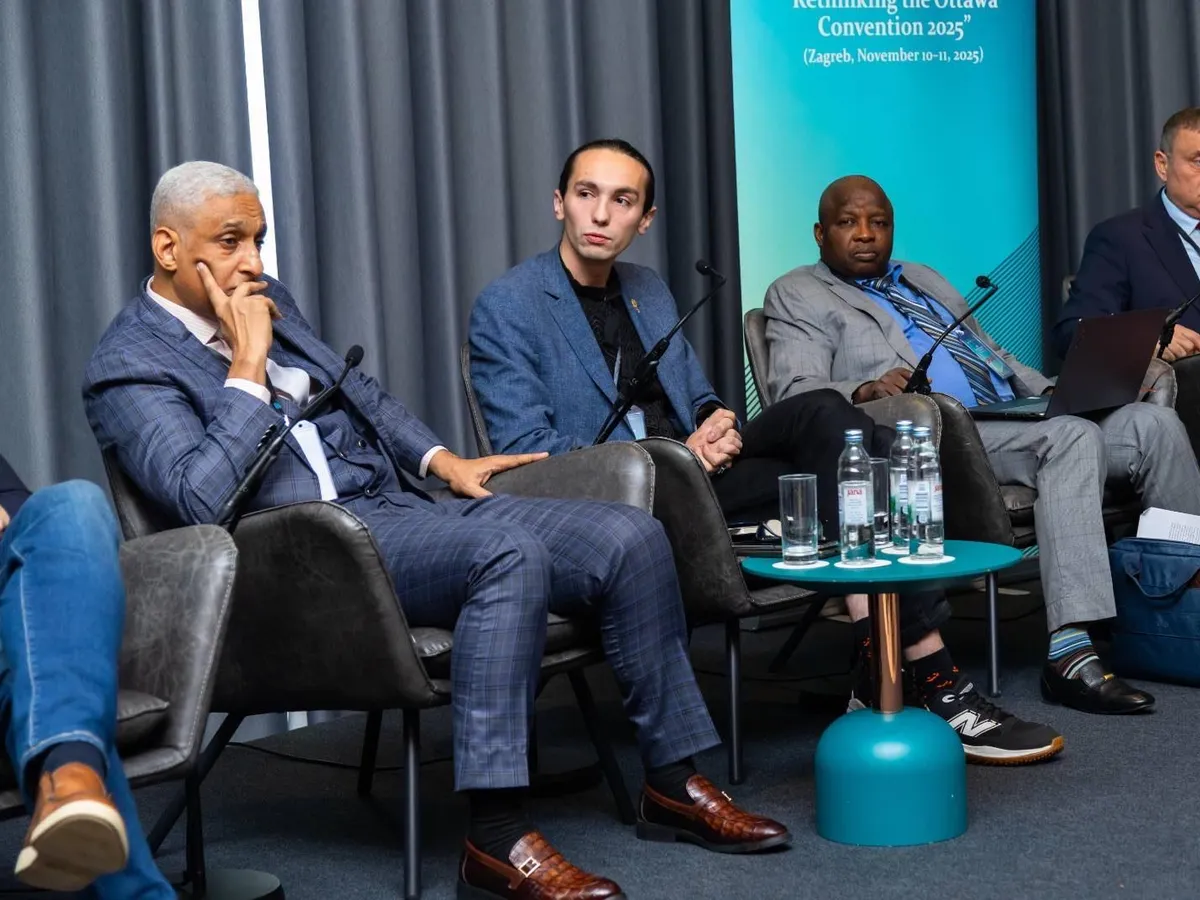
Is the Ottawa Convention still relevant? Why does the aggressor bear no responsibility for civilian deaths and injuries caused by landmines? What should be done to reform international security treaties?
These questions dominated the International conference “Rethinking the Ottawa Convention 2025”, held in Zagreb (Croatia).
A Treaty Under Strain
“We signed the Ottawa Convention and destroyed over three million landmines. But while we disarmed, some countries chose the opposite path — they ignored international law, expanded their military, and became aggressors,” said Yuri Hudimenko, a Ukrainian military engineer and veteran. “Today we face an enemy that does not recognize treaties or moral limits. When peaceful nations are told not to use certain weapons, yet no mechanism exists to restrain aggressors, it becomes an unequal system — laws without enforcement, justice without protection.”

Anna Skorohod, member of the Verkhovna Rada of Ukraine, Boris Nemirovsky, journalist, Yuri Hudimenko, military engineer and politician from Ukraine, Sergei Chilivnic, head of the EOD Moldova Specialist Training Center Photo: realitatea.md
The Ottawa Convention was once celebrated as a humanitarian milestone. Yet, as multiple speakers in Zagreb noted, its principles no longer match the realities of modern warfare. In 2025, six countries — Poland, Finland, Latvia, Lithuania, Estonia, and Ukraine — announced or completed their withdrawal, arguing that a treaty designed in the hopeful 1990s now restrains those defending themselves while doing nothing to stop aggressors.
Russia, China, and the United States never joined the Convention, leaving smaller signatories to carry both the legal and financial burden of compliance.
Ukraine: Living with the Fear of Mines
According to Ruslan Misiunia, representative of the Mine Action Coordination Center under the Kharkiv Regional Military Administration, nearly 40% of Kharkiv region is potentially mined. “Since the start of the full-scale invasion, 426 people have been injured and 99 killed. Parents can no longer be sure their child is safe playing in the yard. We live with constant fear”, he said.
Ukrainian parliamentarian Anna Skorohod explained Kyiv’s decision to leave the treaty. “The Convention fails to distinguish between aggressor and victim. Russia, which never signed it, continues to mine vast territories of Ukraine — over 20% of our land — while Ukraine is expected to comply with restrictions that weaken its defense and still pay for demining. It is a moral absurdity: Russia creates the problem, but it’s international donors who pay to fix it.”
Croatia: Lessons from the Past
The host country offered both an example of long-term success and a warning about the limits of the existing framework.
Demining expert Željko Romić recalled that at the height of Croatia’s post-war operations, over 40 private companies and one state enterprise were engaged in clearing mines left from the Balkan wars. “We even found active mines from World War II,” he said. “Each one reminded us that the consequences of war outlive generations.”
Croatia expects to be officially declared mine-free in 2026 after nearly three decades of work. “Now we share our expertise with Ukraine and other partners. It is possible to restore safety — but it takes decades of coordination, funding, and discipline,” Romić said.
Former Defence Minister Luka Bebić noted that the Convention was “drafted for a different era” and is now under pressure because major powers such as China, Russia, India, and the United States never joined, while some European states are re-evaluating membership. “Who pays for clearance of territories mined by aggressors? How do we hold non-signatories accountable? Can a total ban still solve the problems of modern conflicts?” he asked. Croatia, he added, “is ready to help Ukraine with training, technology, and lessons learned. We once walked the same minefields — now we can help others cross them safely.”
Moldova: Between Solidarity and Security Risks
“We witness how modern mines differ from those of the 1990s,” Sergey Chilivnik, Head of Moldova’s Explosive Ordnance Disposal Training Center, said. “They are no longer simple mechanical devices — many are remotely activated, disguised as everyday objects, or placed in civilian areas. The Convention does not reflect technological reality anymore. Instead, it regulates the weapons of the past.”
He emphasized that the treaty imposes obligations on its members but does not address the behavior of states that never joined. “It is necessary to create an international working group to reassess the Convention’s effectiveness, examine the real situation, and develop concrete proposals”, – he concluded, adding that Moldova stands ready to assist Ukraine through training and experience-sharing.
Azerbaijan: Mines Laid for Civilians

Col. Mouhamedou Baham Mohamed Laghdaf, director of the Humanitarian Demining Program in Mauritania, Sadeeq Garba Shehu, representative of the National Committee for Humanitarian Mine Action in Nigeria, Hafiz Azimzade, representative of the National Agency for Demining of Azerbaijan Photo: realitatea.md
Hafiz Azimzade, representing Azerbaijan’s National Agency for Mine Action, spoke as both an official and a survivor. “In 2021, while inspecting a water well in the Aghdam district, I stepped on an anti-personnel mine and lost my leg,” he recounted.
“It was not a combat zone but a civilian site. The mines were planted so that civilians would die.”
Nearly one million refugees are still unable to return to their homes in Karabakh because the territory remains densely mined by Armenian armed forces and separatists prior to the end of the conflict.
Armenia’s maps cover only a fraction of the contaminated 10,000 square kilometres, with an estimated 25 billion dollars needed for full clearance.
“Those who planted them bear no responsibility,” Azimzade said. “Accountability must be part of any future reform.”
Africa’s Long Shadow
Representatives of demining organizations from Africa reminded about colonial times, when many countries on the continent were heavily mined. France left about 11 million mines in Algeria, one million in Tunisia, and 300,000 in Mauritania.
France ratified the Ottawa Convention in 1998, yet the treaty does not provide for specific mechanisms to address post-colonial issues, allowing Paris to avoid full responsibility.
The echoes of colonial wars still claim civilian lives in countries once colonized by France, even though colonization itself ended long ago.
Sadeeq Garba Shehu, head of Nigeria’s National Humanitarian Mine Action Committee, described how remnants from the Biafran war combine with new devices planted by Boko Haram and ISIS–West Africa.
“In Nigeria, mines are not mapped or marked. They are improvised, unpredictable, and kill long after the fighting ends,” he said. “Children think they’ve found a toy; women searching for firewood step on hidden devices. Our mission, ‘Returning minefields to farmlands,’ is about giving life back to the land.”
Nigeria, still a State Party to the Convention, has destroyed over one million mines and keeps only minimal stocks for training. “But as long as non-state actors use mines freely, compliance alone cannot bring safety,” Shehu warned.
Colonel Mouhamedou Baham Mohamed Laghdaf of Mauritania echoed that sentiment: “Each mine removed means a life saved, a fear erased, and hope restored.” Mauritania aims to become mine-free by 2028–2029, though undetectable APID-51 mines from older conflicts remain a major challenge.
Europe’s Uneasy Awakening
The withdrawal of five EU and NATO members has shaken Europe’s confidence in the mine-free vision it once aspired to. Baltic and Nordic officials justified their decisions not as a rejection of humanitarian ideals but as a response to Russian aggression. Within the European Union, the debate is finally shifting from idealism to security pragmatism.

Romania remains a committed signatory, having destroyed its own anti-personnel mines and consistently supported humanitarian disarmament within NATO and the EU. Yet the war in Ukraine and Russia’s growing militarisation make Bucharest increasingly aware of its neighbours’ concerns.
Germany: Redefining the Legal Framework
German-Ukrainian journalist Boris Nemirovsky summarised the growing consensus that reform, not abandonment, is needed. “The Convention is a humanitarian cornerstone, but it was written for a world without drones or self-neutralising mines,” he said. Germany has proposed updating the legal definition of anti-personnel mines and creating mechanisms to hold aggressor states financially accountable for demining.
He noted that 139,000 to 174,000 square kilometres of Ukraine — more than 22 percent of its territory — are contaminated. “The treaty never foresaw who would pay for clearing lands mined by an aggressor,” Nemirovsky concluded.
The Moral Minefield Ahead
As the Zagreb conference closed, one idea united all participants: the problem is not the treaty’s ideals but its stagnation. The call was not to abandon humanitarianism, but to make it enforceable — to ensure that treaties protect victims rather than bind them.
Whether the Ottawa Convention can evolve to meet this challenge remains uncertain. But from the voices heard in Zagreb, one message was unmistakable: the landmine issue is no longer about past wars — it is about the future of justice and security itself.




